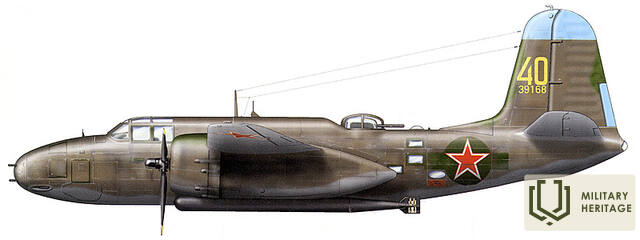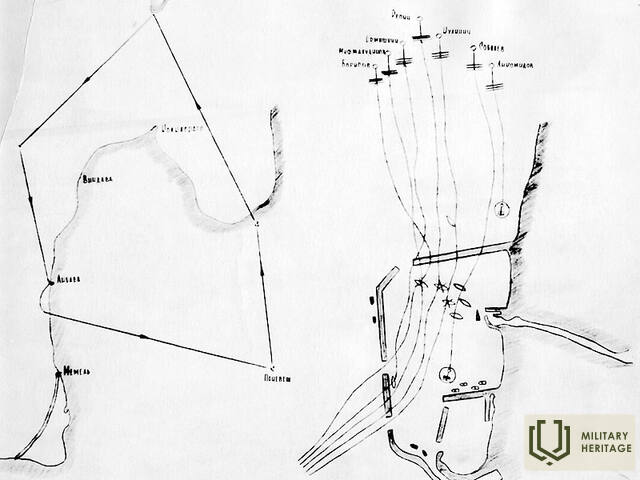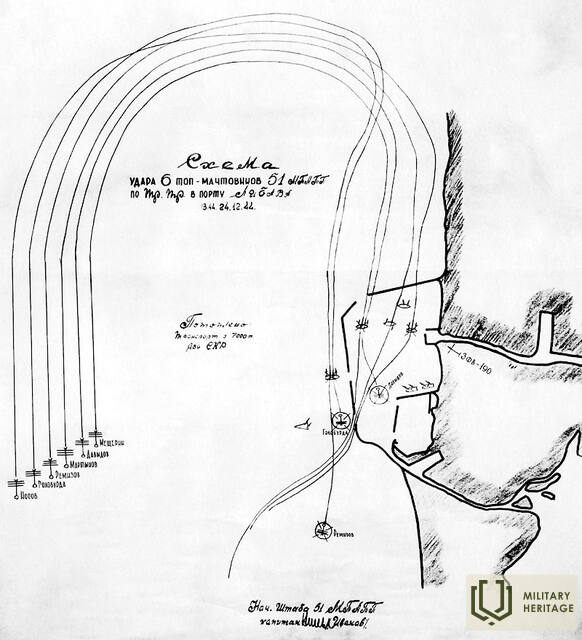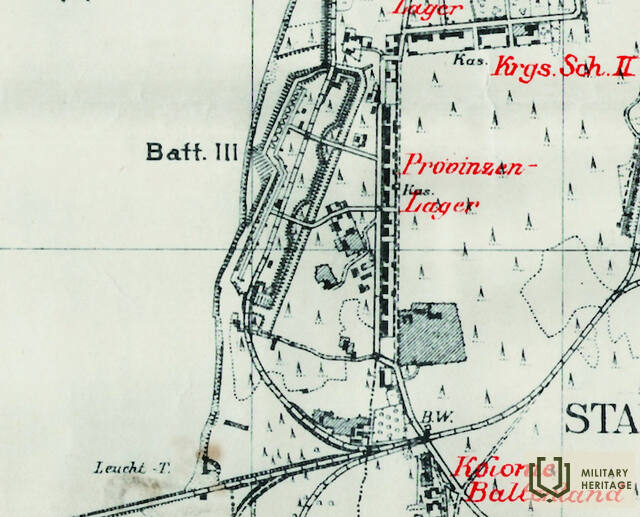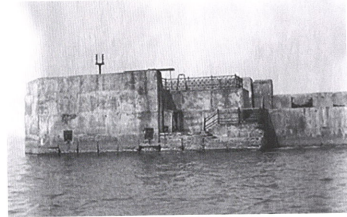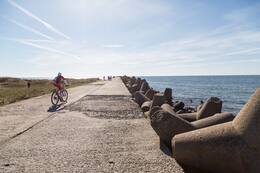Sovietų aviacijos antskrydžiai Liepojos priemiestyje 1944 m. spalio ir gruodžio mėn
Antrojo pasaulinio karo pabaigoje Vokietijos pajėgos Kurše galėjo sėkmingai gintis septynis mėnesius, nes Vokietijos karinis jūrų laivynas išlaikė kovinį pajėgumą iki Antrojo pasaulinio karo pabaigos ir aprūpino armijų grupę „Šiaurė“, o vėliau ir armijų grupę „Kuržemė“. Pagrindinis uostas buvo Liepoja, per kurią buvo pristatoma ir gabenama 80 % visų krovinių. Taigi Liepoja tapo svarbiu sovietų Baltijos karinio jūrų laivyno ir tolimojo nuotolio aviacijos taikiniu.
Pirmieji Baltijos laivyno oro reidai prasidėjo 1944 m. rugsėjo 16 d. ir intensyviai tęsėsi iki 1944 m. gruodžio pabaigos, vykdant 16 didelių reidų, kurių metu buvo atlikti 2785 koviniai skrydžiai, numetant daugiau nei 1500 tonų aviacijos bombų. Reidų metu sovietų aviacija prarado 156 orlaivius.
Per reidus Vokietijos karinis jūrų laivynas neteko 8 nuskandintų ir kelios dešimtys įvairaus laipsnio apgadintų laivų. Palyginti su bendru per Liepojos uostą praplaukusių laivų skaičiumi, tokie nuostoliai buvo labai maži ir neturėjo didelės įtakos vokiečių kariuomenės aprūpinimui.
Didžiausius nuostolius patyrė Baltijos laivyno 51-asis gvardijos torpedų aviacijos pulkas, ginkluotas JAV gamybos A-20 „Boston“ bombonešiais. Sovietų bombonešiai surengė tris reidus į Liepojos uoste inkaruotus laivus – spalio 30 d., gruodžio 14 d. ir gruodžio 22 d. Bombonešiai skrido nedideliame aukštyje, mesdami 1000 ir 500 kg bombas, kurios, jei viskas vyks pagal planą, pataikė į taikinio pusę ir jį sunaikino. Visi trys reidai vyko pagal tą pačią schemą, kai aštuoni „Boston“ lėktuvai iš Šiaurinio molo išrikiuotai artėjo prie uosto ir individualiai ieškojo taikinių. Jei per pirmąjį reidą buvo prarastas tik vienas iš aštuonių lėktuvų, tai gruodį vokiečių oro gynybos daliniai šiauriniame mole dislokavo kelias 88 mm ir 20 mm priešlėktuvinių pabūklų baterijas, kurios sovietų bombonešius pasitiko ugnies siena. Gruodžio 14 d. buvo prarasti trys iš septynių lėktuvų, o gruodžio 22 d. – keturi iš šešių lėktuvų. Penki „Boston“ lėktuvai su visomis jų įgulomis buvo numušti tiesiai virš Liepojos avanposto. Dėl tokių katastrofiškų nuostolių mažo aukščio oro antskrydžiai į Liepojos uostą nebebuvo vykdomi.
http://www.libava.ru/537.html
Susijusios vietos
Šiaurinis molas ir 3-ioji baterija Karostoje
Ilgiausias molas Latvijoje – Šiaurinis molas – buvo pastatytas XIX a. pabaigoje kaip labai svarbi Liepojos jūros tvirtovės ir karinio uosto dalis. Molo ilgis – 1800 metrų, plotis – 7,35 metro.
Šiaurinis molas yra vienas pirmųjų imperatoriaus Aleksandro III uosto statinių, pastatytas 1890–1892 m., prieš kasant Karostos kanalą. Kartu su Šiauriniu molu, Pietiniu molu ir Pietiniu molu molas sudarė Liepojos užkampį.
Liepojos tvirtovės 3-ioji baterija buvo įsikūrusi šalia Karostos šiaurinio molo ir buvo planuojama, kad ji bus didžiausia ginkluotės atžvilgiu. Buvo pastatytos platformos keturiems 6 colių (152 mm) 1892 m. modelio „Canet“ sistemos pabūklams, penkiems 11 colių (280 mm) 1887 m. modelio pabūklams ir dviem 57 mm „Nordenfeld“ prieštankiniams pabūklams, taip pat 18 9 colių (229 mm) pabūklų ir minosvaidžių.
Šiandien 3-iąją bateriją labiausiai veikia vyraujanti pietų-šiaurės jūros srovė, kuri už Šiaurinio molo sukuria sūkurį, dėl kurio išplaunami patrankų platformos pamatai.
Šiaurinis molas saugo Liepojos uosto teritoriją nuo šiaurės vakarų vėjų. Tai mėgstama vieta Liepojos gyventojams ir lankytojams stebėti saulėlydžius, žvejoti ir stebėti jūrą įvairiomis oro sąlygomis. Ypač įspūdinga audrų metu.
Šiaurinėje prieplaukoje yra daug vietos automobiliams pastatyti. Taip pat yra tualetai ir kavinė su unikaliu vaizdu į jūrą.




